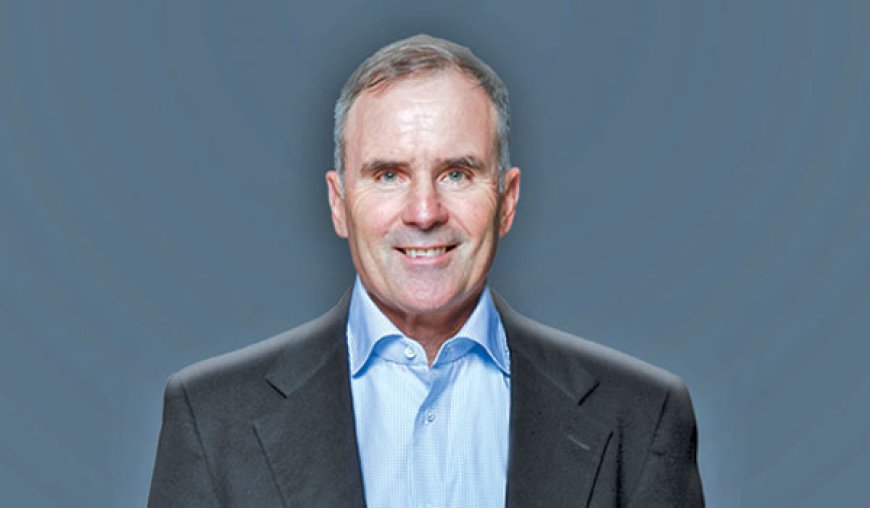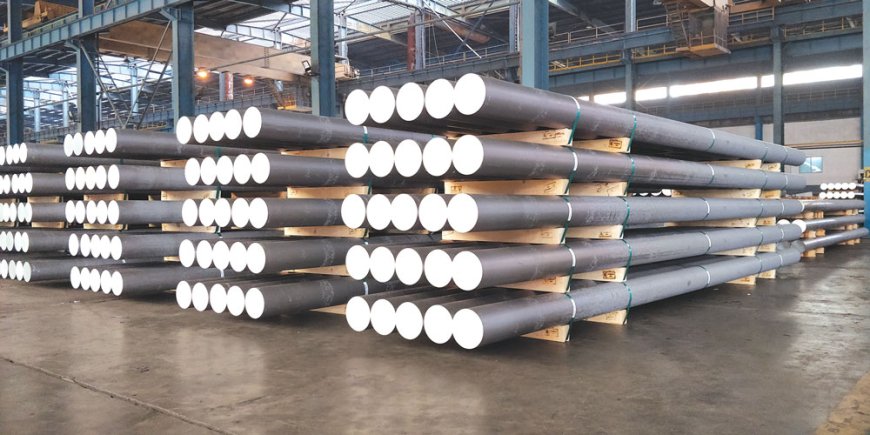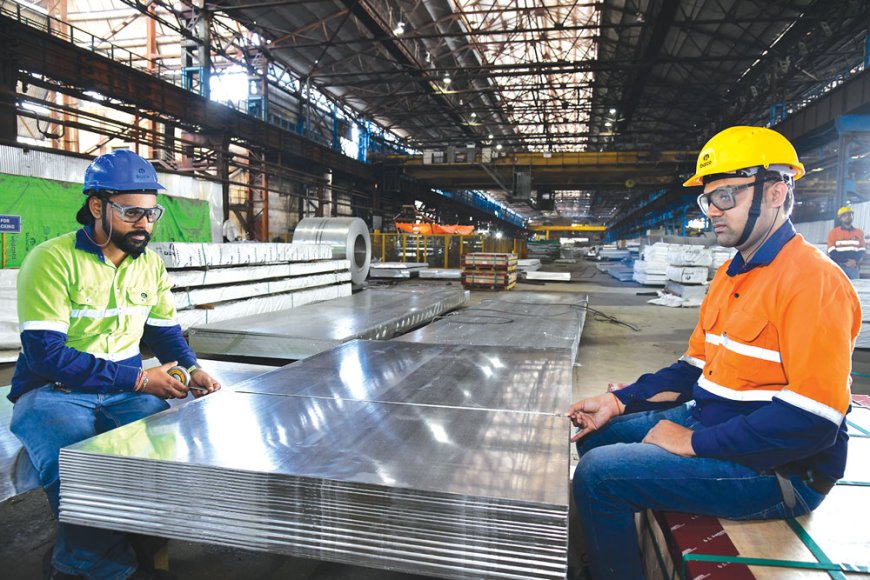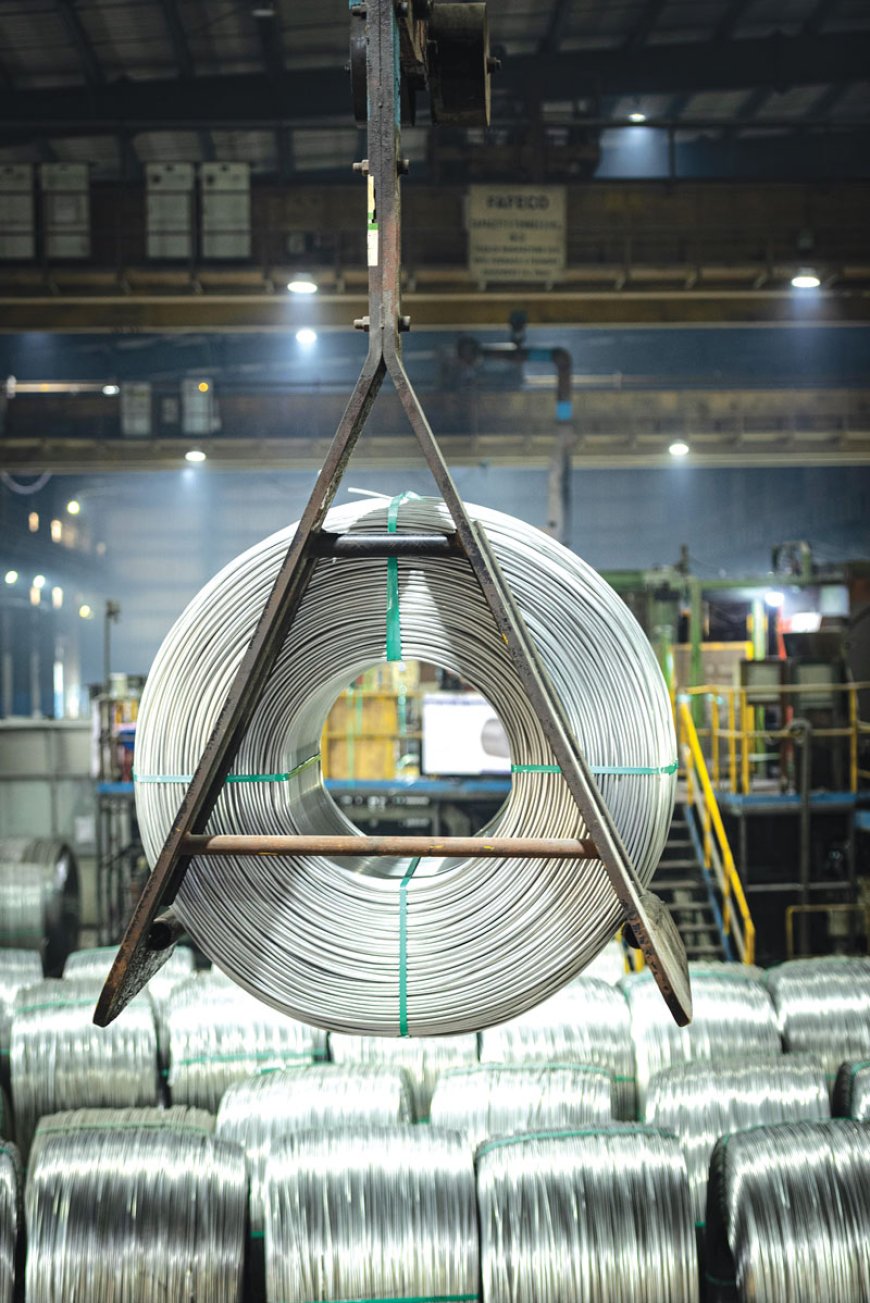We have deployed India’s largest fleet of electric, lithium-ion forklifts across our operations.

John Slaven
CEO, Vedanta Aluminium
What market trends are currently shaping the Aluminium industry?
In a world frequently witnessing the effects of climate change, consumers are becoming increasingly conscious of the provenance of the items they utilise. This means that the downstream customers of the aluminium industry too are seeking to ensure that the raw materials used in their products are not just sustainable in themselves but are also sustainably produced.
Aluminium, with its versatile features such as a high strength-to-weight ratio, exceptional design flexibility, and infinite recyclability, has earned itself the moniker of the “metal of the future”. This stems from the metal being widely used in sunrise domains such as renewable energy and electric vehicles. Its inherent versatility also makes it an essential raw material for several other sectors crucial to a low-carbon economy, such as high-tech manufacturing, power storage, green buildings, sustainable packaging and more. Sustainable metals like aluminium will thus be ubiquitous in the energy transition, being used in everything from manufacturing solar panels to wind turbines.
On the production side, there is an ongoing shift in customer interest from China, which has nearly peaked in its aluminium production capacity. However, the global demand for aluminium continues to grow unabated. In India, aluminium consumption is expected to touch 10 million tonnes by 2030, up from around 5 million tonnes at present. Customers are therefore looking at alternative sources for procuring their aluminium, and India’s aluminium industry is well-positioned from a cost and quality perspective to be the best choice in this regard.

What are your company’s core aluminium products and services? What markets do you primarily serve?
At Vedanta Aluminium, our extensive portfolio of aluminium products encompasses over 750 variants of billets, ingots, primary foundry alloy, wire rods, rolled product and other forms. We are also expanding our range of value-added products to cater to specific applications in industries such as automotive, electricals and others. These include high-quality solutions such as cylinder-head alloys for the automotive industry and AlSi3 ingots for the steel industry. For the power and electrical industries, we provide a wide range of electrical conductor (EC) grade wire rods and alloy wire rods.
Moreover, we are also the first and only company in India to offer a green aluminium range, Restora, which addresses the rising global demand for sustainable raw materials. Produced using renewable energy, Restora has a greenhouse gas (GHG) emission intensity below the global threshold for low-carbon aluminium. By offering these products domestically, we are contributing to reducing India’s import dependence as well. In addition, we export our products to nearly 60 countries globally, reflecting the world-class nature of our products.

What sustainability initiatives has your company implemented?
We have set ourselves the goal of achieving Net Zero CO2 generation by 2050 or sooner, which will be achieved through a two-fold strategy. Firstly, we are reducing our carbon footprint by increasing the quantum of renewables in our energy mix, achieving higher efficiencies in resource utilisation, and transitioning to low-carbon energy sources. Secondly, we are offsetting our carbon footprint through afforestation efforts in the vicinity of our locations. Most recently, we have launched a 1-lakh tree plantation drive at Jharsuguda, which will be executed in areas reclaimed with fly ash, which help reduce soil acidity.
We have also signed long-term power delivery agreements to source an initial 1.3 GW of renewable energy to help decarbonize our operations. Comprising a mix of both solar and wind energy, it will help power our operations across Odisha and Chhattisgarh. This step will result in an expected reduction of greenhouse gas (GHG) emissions of ~3.2 million tonnes of CO2 per year. Further, we plan to have renewables comprise 30% of our energy mix by 2030. Such strategic initiatives have led us to achieve the top ranking in the S&P Global Corporate Sustainability Assessment for the entire aluminium industry in 2023.
What types of material handling equipment does your company use in its operations? Are there any recent upgrades or innovations in material handling equipment that your company has adopted?
At Vedanta Aluminium, we are committed to decarbonizing 100% of our light motor vehicle (LMV) fleet by 2030, reflecting our ongoing efforts to evaluate and implement emerging technologies for sustainable operations. In pursuit of this goal, we have deployed India’s largest fleet of electric, lithium-ion forklifts across our operations.
Our fleet now includes 66 units of these forklifts, deployed across our units in Jharsuguda and Lanjigarh in Odisha, as well as our BALCO smelter in Chhattisgarh. They feature faster and safer battery charging capabilities, enhancing operational efficiency while significantly reducing carbon emissions. In fact, the introduction of electric lithium-ion forklifts is expected to reduce greenhouse gas emissions by approximately 2,500 tonnes of CO2 equivalent annually and save over 840,000 litres of diesel per year.

What opportunities do you see emerging in the aluminium sector in the next 5-10 years, and what role will your company play in it?
India’s demand for aluminium is set to grow from 5 million tonnes at present to 10 million tonnes by 2030, and perhaps touch 20 million tonnes within five years after that. This demand is being driven by factors such as the government’s push for infrastructure development, rising demand for EVs, accelerating energy transition as well as robust demand from established sectors like construction, power & transmission, logistics and automotive.
Currently, India’s per capita aluminium consumption stands at only ~3 kilograms per annum, much lower than 34 kilograms in China and 12 kilograms globally, indicating substantial potential for growth. In response, we are working towards raising our metal production capacity to over 3 million tonnes from 2.4 MTPA at present, as we complete our BALCO smelter expansion from 0.58 MTPA to 1MTPA and continue to creep capacity. This will enable us to suitably cater to emerging opportunities both in India and internationally. We are rapidly progressing towards becoming the world’s lowest-cost aluminium producer by achieving complete vertical integration and capacity expansion strategies. Specifically, we are ramping up our domestic bauxite production to reduce costs by mitigating the added expense incurred on imported ore, while also curbing our power generation costs by opening up three captive coal mines. The most significant development is the ongoing capacity addition and debottlenecking projects at our Lanjigarh refinery, which will grow our alumina production from 3.5 MTPA to 6 MTPA.








